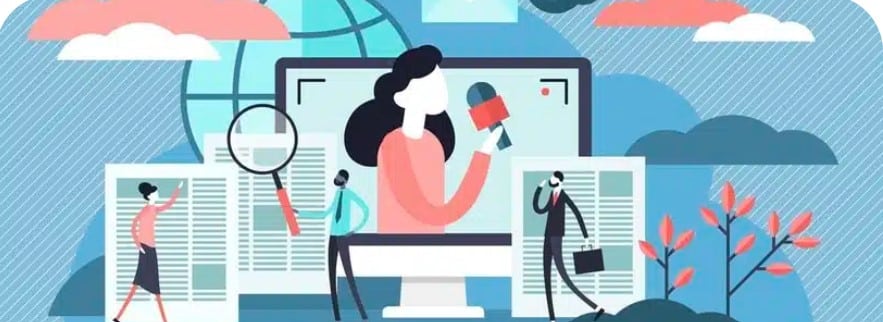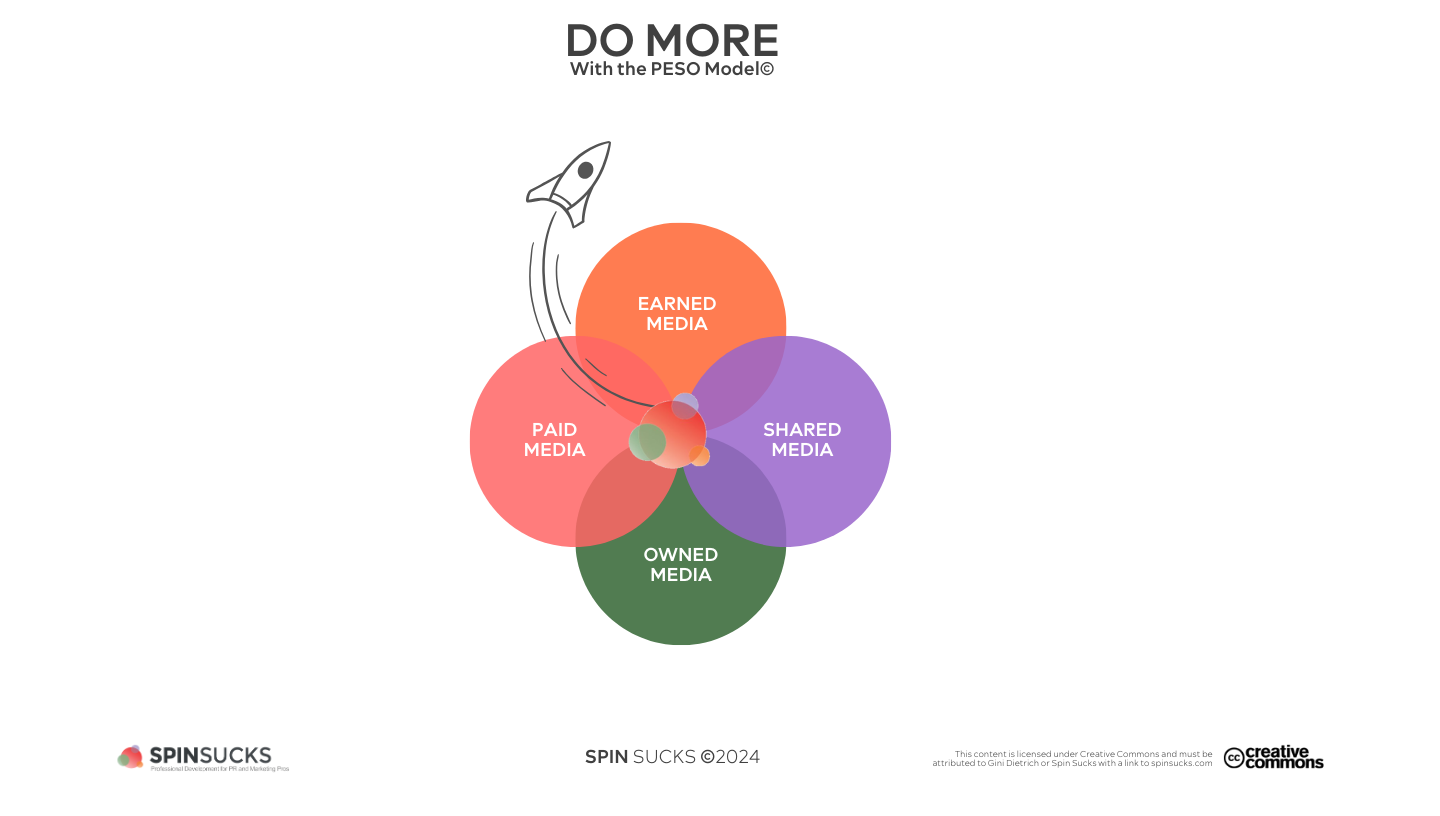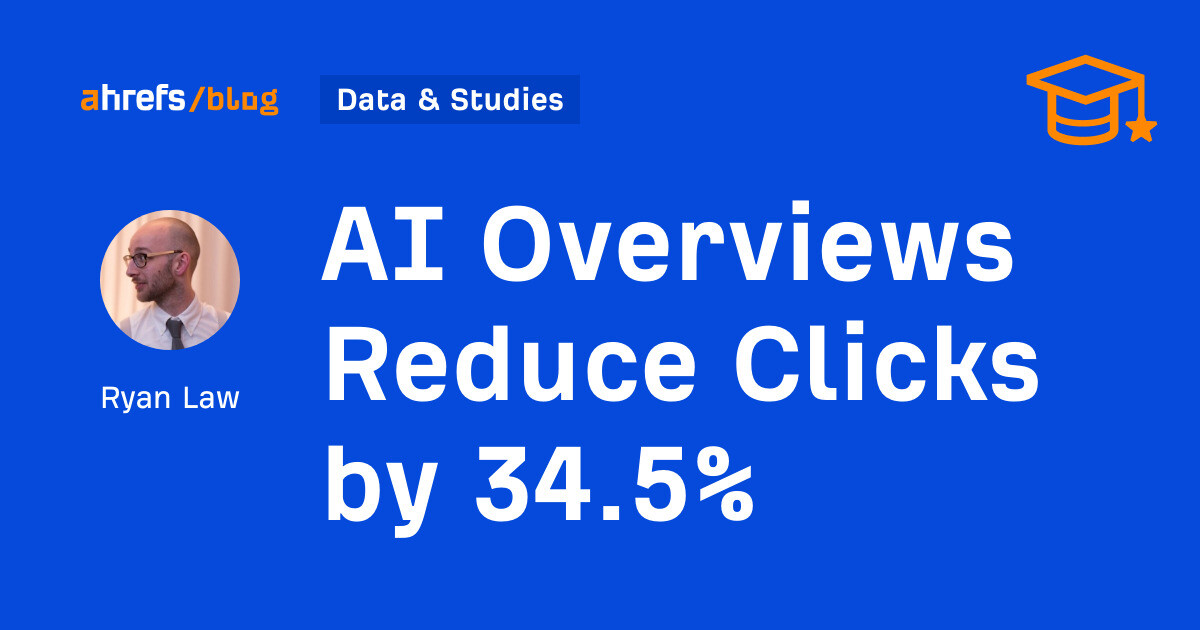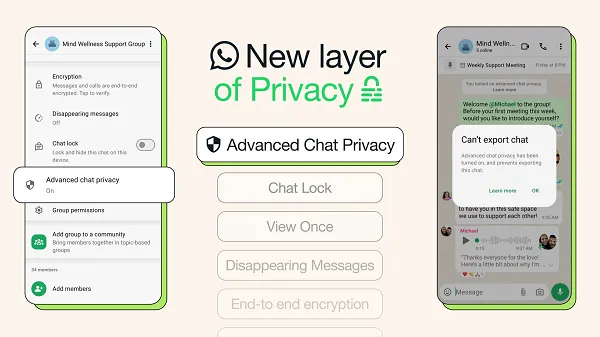Licensing Made Simple: Avoid Common Mistakes in Software Compliance
Navigating the complexities of hardware procurement and licensing can be overwhelming for businesses of any... The post Licensing Made Simple: Avoid Common Mistakes in Software Compliance appeared first on Social Media Explorer.

Navigating the complexities of hardware procurement and licensing can be overwhelming for businesses of any size. Whether you’re a small startup or a large enterprise, ensuring compliance is critical—not just to avoid hefty fines or penalties, but to maintain efficiency and build trust with stakeholders.
One area often overlooked in software compliance conversations is hardware procurement. Effective licensing requires aligning software usage rights with the hardware it’s running on. Let’s break down the essentials of software compliance and highlight ways to avoid common pitfalls in licensing.
The Overlap Between Hardware Procurement and Licensing
When purchasing new hardware, licensing considerations are often overlooked. However, choosing the right hardware can have a significant impact on your software costs and compliance efforts. Here’s why:
- Device-Based Licenses – Many software licenses are tied to specific devices. Each piece of hardware you purchase may require additional licenses, impacting your budget and compliance strategy.
- Server Upgrades – If you upgrade servers or move to cloud infrastructures, you may need updated licenses, as older agreements could become void.
- Virtualization – Organizations adopting virtual machines or other advanced technologies may need to consider how licensing applies to both host and guest systems.
Failing to align your hardware purchases with your licensing obligations can lead to overspending on unused licenses—or worse, under-licensing, which can result in compliance issues.
Common Software Licensing Mistakes to Avoid
To simplify licensing and enhance compliance, businesses should avoid these common errors:
1. Underestimating Software Audits
Software vendors frequently conduct audits to ensure businesses are adhering to license agreements. Not keeping up-to-date records of licensing specifics—such as who uses the software, how it’s deployed, and on what hardware—can spell trouble when an audit occurs.
Pro Tip: Perform internal audits every six months to ensure your software usage aligns with your licenses. This makes external audits less stressful and unearths any issues proactively.
2. One-Size-Fits-All Licensing Approaches
Different organizations have unique needs, but adopting a one-size-fits-all approach to software licensing can lead to inefficiency. For example, if employees only occasionally use a particular program, investing in a subscription model for those users may be more cost-effective than purchasing perpetual licenses.
Pro Tip: Evaluate your team’s workflows and needs. Mix and match licensing options—per-user, per-device, or hybrid—as appropriate to your business.
3. Neglecting Licensing During Hardware Procurement
When upgrading or expanding your hardware, customers often assume they can migrate existing licenses as-is. However, many license agreements are hardware-specific and may not allow such transfers without additional costs.
Pro Tip: Before purchasing hardware upgrades, ensure your IT team verifies the licensing implications of these changes. Check whether additional licenses are required or if current ones can be used.
4. Overlooking Cloud Licensing Models
Cloud-based software solutions come with their own intricacies, including subscription tiers, concurrent usage limits, and regional restrictions. Many organizations falsely assume cloud licenses are inherently simpler than traditional models.
Pro Tip: Read the fine print when choosing cloud-based solutions. Ensure you understand usage caps, data transfer limitations, and whether licenses are billed monthly or annually.
5. Failing to Train the Team
Even if your organization has a strong understanding of licensing, your team might not. Common mistakes—such as unauthorized software downloads, exceeding user limits, or ignoring software updates—can all result in compliance violations.
Pro Tip: Conduct regular training sessions with employees. Teach them the basics of software licensing, proper practices for downloads, and the risks of misuse.
Final Thought
Software compliance doesn’t have to be daunting. By aligning licensing strategies with hardware procurement and avoiding common pitfalls, businesses can not only stay compliant but also save money and enhance workflow efficiency.
The post Licensing Made Simple: Avoid Common Mistakes in Software Compliance appeared first on Social Media Explorer.


























![The CMO’s Guide To Winning In AI Search With Ahrefs [Webinar] via @sejournal, @lorenbaker](https://www.searchenginejournal.com/wp-content/uploads/2025/04/featured-685.png)











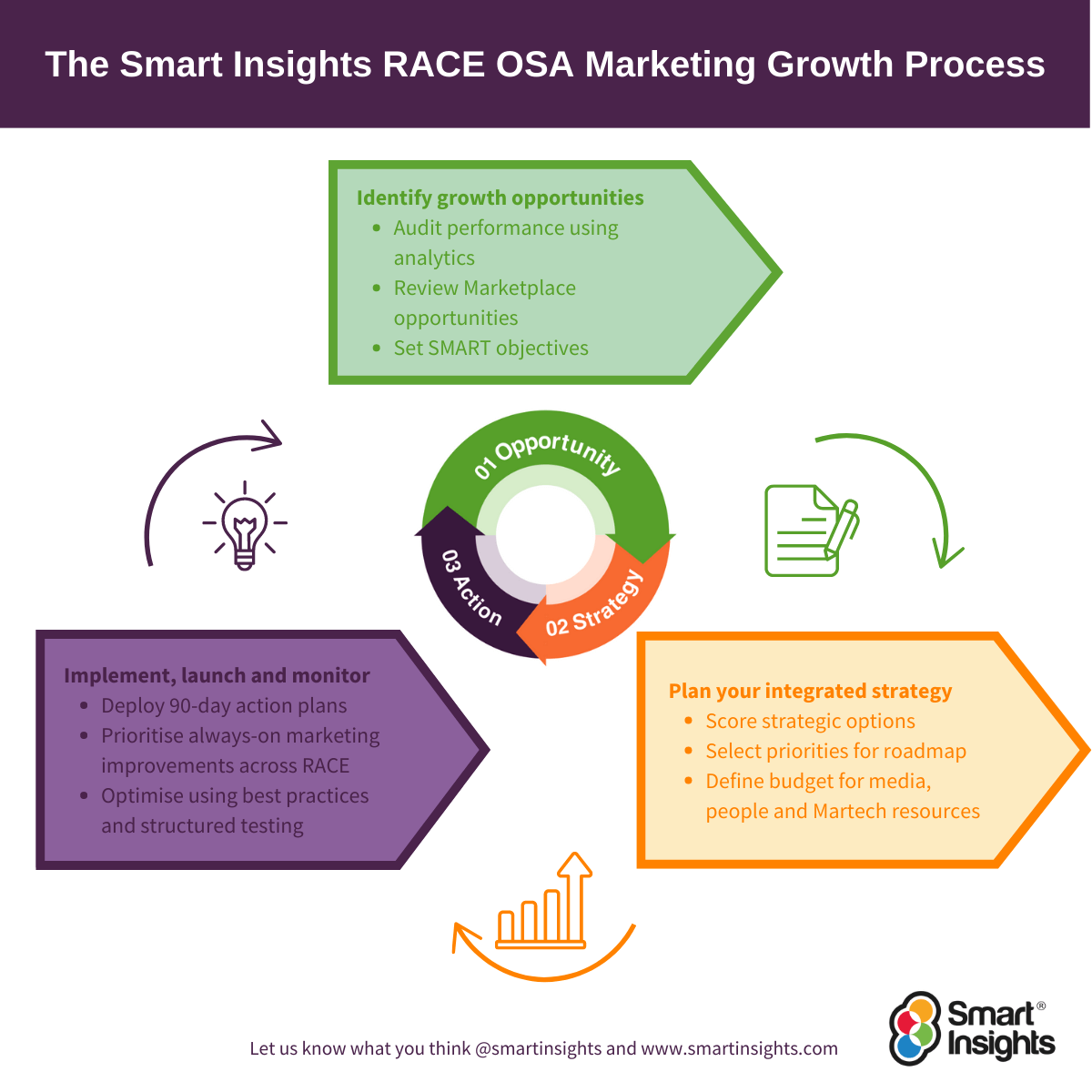
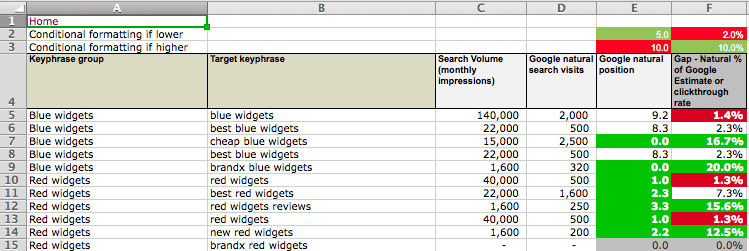









![How Marketers Are Using AI for Writing [Survey]](https://www.growandconvert.com/wp-content/uploads/2025/03/ai-for-writing-1024x682.jpg)







